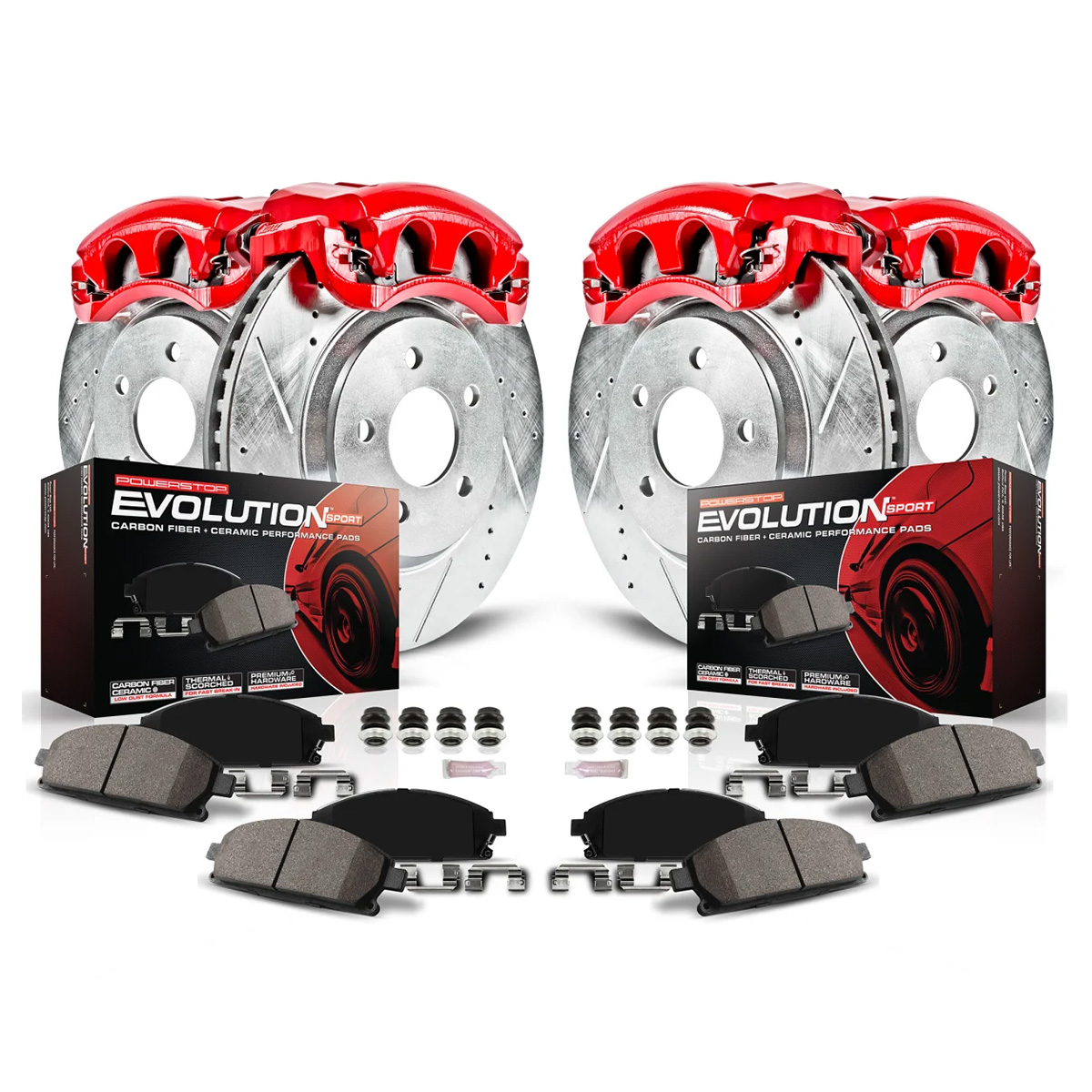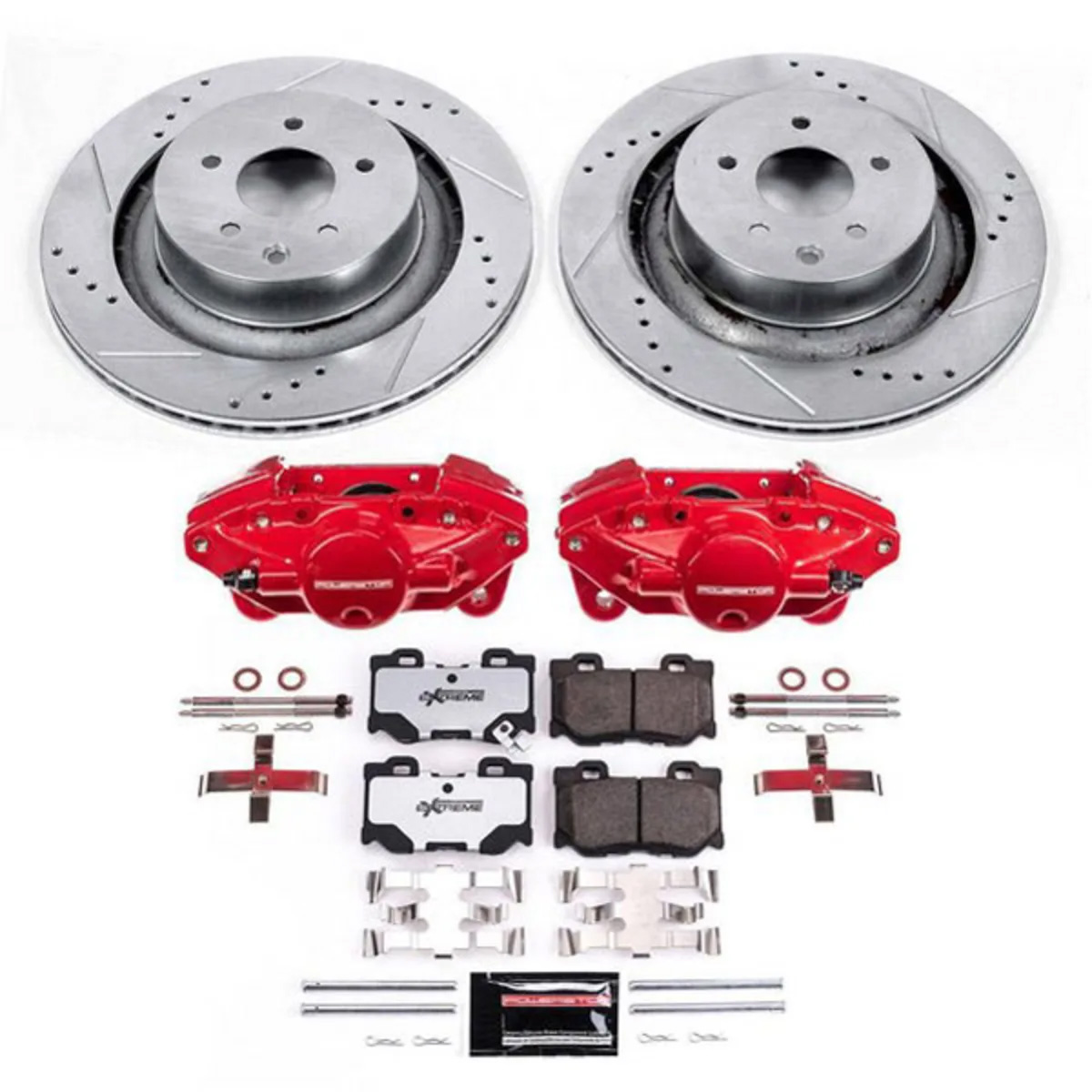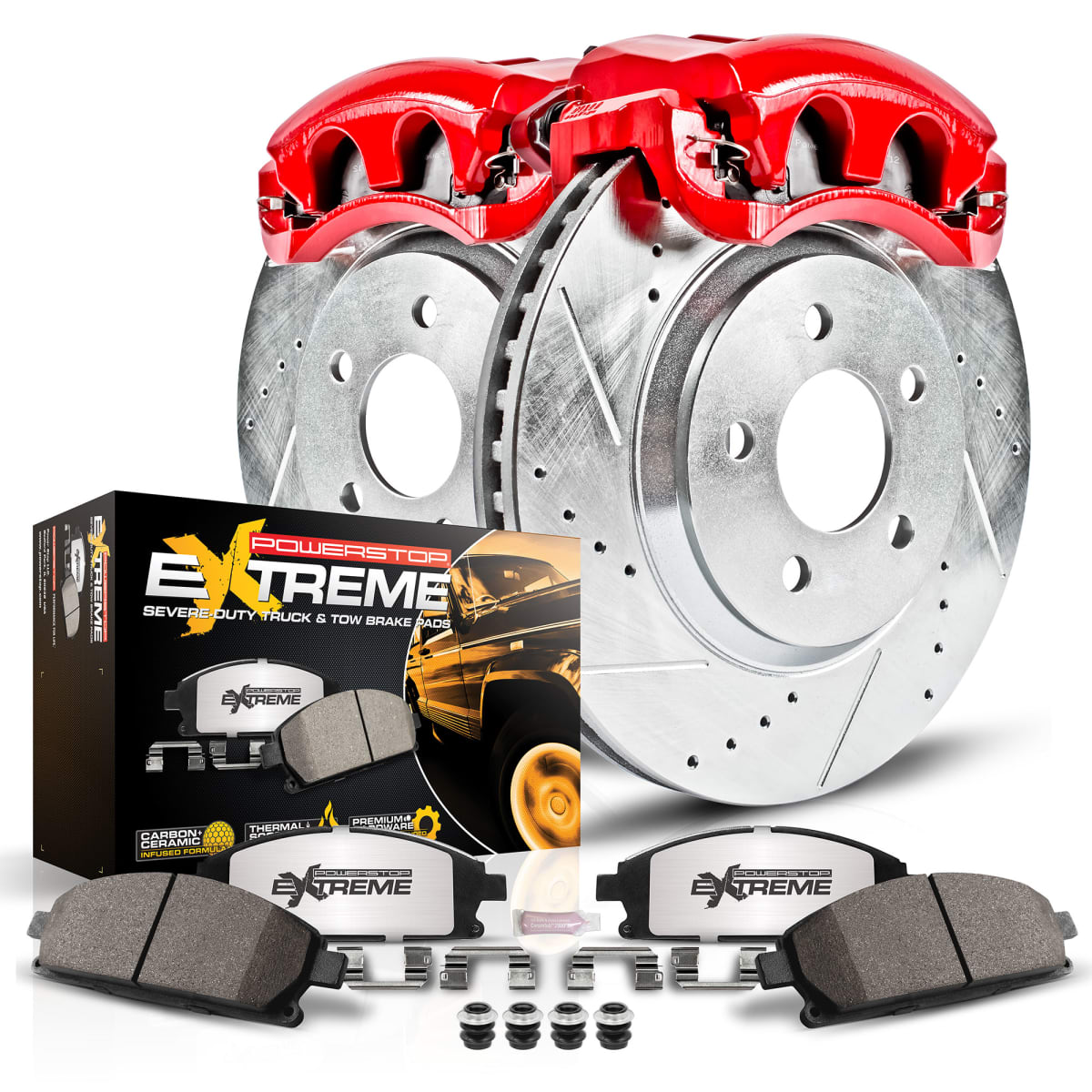Perhaps one of the scariest things that can happen while you’re out on the road is for the brakes to fade一especially when you’re going too fast.
What Is Brake Fade?
Brake fade is the temporary loss of braking power when the brakes are too hot.
Compared to disc brakes, drum brakes are more susceptible to fade. Excessive heat can reduce the friction between the brake shoe linings and the drum.
When you experience brake fade, the pedal will feel the same, only the car doesn’t seem to want to stop. This is more prevalent on cars with four-wheel drum brakes as in some cars prior to 1970.
When you experience brake fade, the pedal will feel the same, only the car doesn’t seem to want to stop.
– Richard McCuistian, ASE Certified Master Automobile Technician
What Causes Brake Fade?
Brake fade occurs when there is poor lining contact, worn-out drums, and charred or glazed linings.
Take note, however, that even when the lining contact is good, the drums aren’t worn out, and the linings aren’t charred or glazed, brake fade from overheated linings can happen after braking suddenly from extremely high speeds but without sliding the wheels, or when riding the brake down a long, steep mountain road.

Types of Brake Fade
There are generally four types of brake fade. These are mechanical, lining, gas, and water fade.
Mechanical Fade
Mechanical fade is described as the expansion of the brake drum away from the brake linings.
As a result, the brake shoes are forced outward to maintain contact with the drum. This causes the brake pedal to drop while additional brake fluid travels to the hydraulic system.
Lining Fade
This occurs when extreme heat reduces the brake lining material’s friction coefficient, as described earlier. This can cause the brake pedal to become hard and reduce braking power.
Gas Fade
Extended hard braking under high speeds can cause the brakes to produce a thin layer of gas and dust particles. This builds up between the brake shoe linings and drum, acting as a lubricant between the two.
Similar to lining fade, gas fade can cause the brake pedal to become hard. You’ll need to apply more force on the pedal to achieve the desired stopping power.
Water Fade
Water fade occurs when moisture builds up between the brake shoes and drum, lowering braking efficiency.
Once this happens, you’ll need to generate enough friction from the brakes to evaporate the water. Again, this is more of a problem for drum brakes that tend to trap water than for disc brakes, which easily shed water.
What to Do When You Experience Brake Fade
Brake fade can definitely cause you to panic because there’s no assurance that you’ll be able to stop without having a few dents and scratches on your car or even minor injuries if you’ve been driving too fast.
If you notice that the brakes aren’t working as they should, shifting to a lower gear can help your vehicle slow down. Downshifting simply lets the engine compression do the braking for you.
You can also try pumping the brakes if you notice that the pedal is too low or nearly touching the floor.
Pumping the brakes prevents them from locking up by building up pressure in the system.
It’s important to maneuver towards the nearest exit once you notice that the brakes aren’t working to prevent crashing into nearby vehicles.
If you’re still going too fast, things like hedges and bushes might help you slow down, but you’re risking some sort of damage to your vehicle.
The Aftermath of Brake Fade
Extended braking at high speeds can cause the temperature of various brake parts to go as high as 1112°F.

This means that components like the hub caps and rotors can melt, warp, or crack.
How to Extend the Lifespan of Your Brakes
There are several practices you can do to help keep your stock brakes around for a long time.
Observe Good Driving Habits
Don’t be too aggressive with the throttle. If you’re not in a hurry, there’s no reason to push the pedal to the metal.
Keep in mind that the faster you go, the harder your brakes need to work to provide the necessary stopping power. Driving fast and hitting the brakes all of a sudden can cause the pads and shoes to wear out.
It’s also ideal to apply the brakes periodically instead of using them continuously.
Go for Drilled Drums or Rotors When Getting Replacements
Drilled drums or rotors are designed with a set of holes and curved grooves across the surface.
These holes and grooves increase the drum or rotor’s surface area, which means they can cool down faster than conventional brakes.
Only Buy Quality Braking Components
The braking system is essential to your safety, which is why you shouldn’t cut back on quality when shopping for replacement parts.
So the next time you’re in the market for brake components, make sure to buy from reputable brands. Consider your vehicle’s year, make, and model to find direct-fit replacements.
Flush Brake Fluid Regularly
Similar to engine oil, brake fluid can break down and get contaminated after some time.

Once this happens, the brake fluid has a tendency to boil, reducing the vehicle’s stopping performance.
Flushing the brake fluid can help extend the service life of several components.
Bad Braking Habits to Avoid
Brake fade is more likely to occur if you’ve been practicing these braking habits.
Late Braking
Stepping on the brakes when there’s only a short distance between you and the vehicle in front can put too much strain on the braking system.
Meanwhile, braking too aggressively can generate more heat and cause the brake pads and shoes to wear out faster than normal.
Resting Your Foot on the Brake Pedal
Some drivers tend to rest their foot on the brake pedal, which can cause unwanted deceleration and unnecessary use of the brakes.
Riding the Brakes
Riding the brakes while you’re in gear can cause various brake parts to wear out faster than normal.
If you’re driving down a slope, for example, it’s a good idea to shift to a lower gear, so the engine can go slower on its own.
The Bottomline
Brake fade is a result of extended braking at high speeds, which can damage the brake linings and cause the brake drums or rotors to wear out faster than normal.
Once this happens, you’re at risk of getting into an accident and damaging your vehicle, which is why it’s important to practice good driving and braking habits.
Driving slowly and maintaining a safe distance from other vehicles also puts less strain on your vehicle’s brake parts, leading to a longer service life.
Any information provided on this Website is for informational purposes only and is not intended to replace consultation with a professional mechanic. The accuracy and timeliness of the information may change from the time of publication.

































